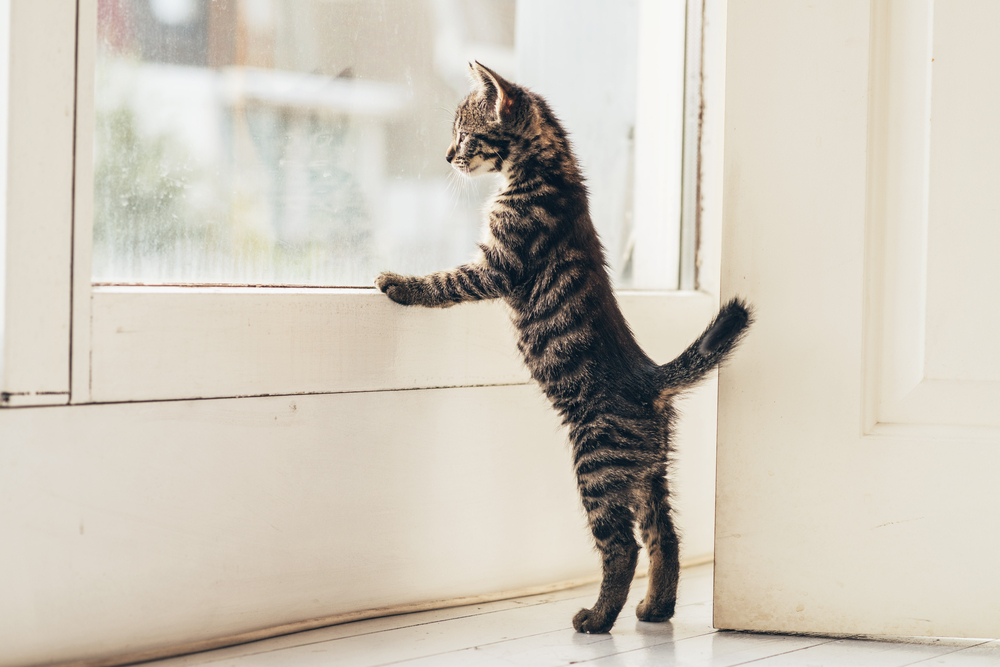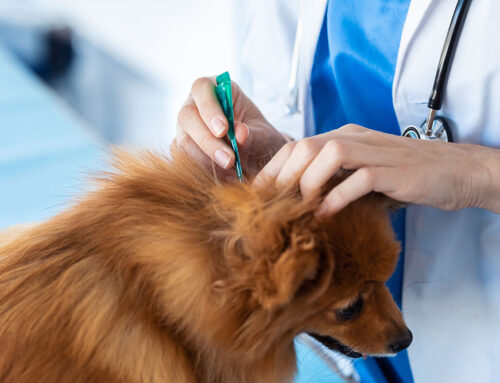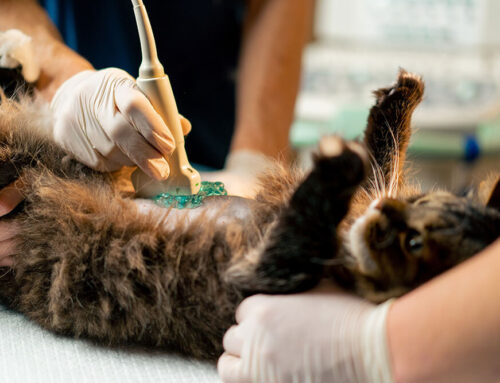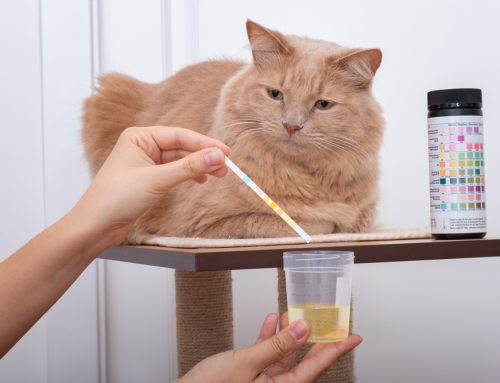As your cat’s protector, you must stay well-informed about their potential health risks. Viral diseases in cats are a significant concern, and understanding how they can be passed between cats is crucial for keeping your pet safe and healthy. To help maintain your cat’s wellness, our Midtown Veterinary Hospital team shares key information about several common feline viral diseases.
Feline leukemia virus
Feline leukemia virus (FeLV) is one of the most common infectious diseases in cats, affecting between 2% and 3% of all cats in the country. This virus destroys the white blood cells and immune system, leaving infected cats vulnerable to other pathogens. FeLV is also cats’ leading cancer cause.
Transmission — FeLV spreads through close contact with infected cats and can be transmitted through mutual grooming, bite wounds, or, although rare, through shared litter boxes and food bowls. An infected mother cat can also transmit the virus to her kittens, either during pregnancy or while nursing.
Signs — Because FeLV attacks the immune system, this virus can cause myriad secondary illnesses. Some cats may not show signs for months or years, but others can develop lethargy, weight loss, anemia, recurrent infections, gingivitis, stomatitis, and persistent diarrhea.
Treatment — While FeLV has no cure, supportive care and secondary infection management can improve your cat’s quality of life.
Feline immunodeficiency virus
Similar to FeLV, feline immunodeficiency virus (FIV) attacks an infected cat’s immune system, leaving them vulnerable to secondary infections. However, cats with FIV can live average life spans, provided their owners take precautionary measures to keep them healthy and prevent other conditions such as FeLV.
Transmission — FIV is primarily spread through bites, particularly during aggressive fights. This virus can also be transmitted from an infected mother cat to her kittens.
Signs — Infected cats may experience recurrent infections, weight loss, and poor coat condition. FIV can progress gradually, and symptoms may not appear for years.
Treatment — Like FeLV, FIV has no cure. However, supportive care can help manage an affected cat’s signs and help them maintain a good quality of life.
Feline panleukopenia virus
Feline panleukopenia is a highly contagious viral disease caused by the feline parvovirus, which attacks the rapidly dividing cells in bone marrow, intestines, and developing fetuses. This virus is particularly hardy and can survive in contaminated environments for up to a year despite disinfection.
Transmission — Panleukopenia is highly contagious and spreads through contact with infected bodily fluids, including feces, urine, saliva, and blood. This virus can also be transmitted through contact with contaminated environments and objects.
Signs — Common panleukopenia signs include lethargy, fever, vomiting, diarrhea, and a significant white blood cell count drop. Kittens are particularly vulnerable, with severe cases often being fatal.
Treatment — Treatment involves supportive care, especially fluid therapy and nutritional support. Further treatment may consist of antinausea medications and antibiotics to prevent secondary bacterial infections.
Feline viral rhinotracheitis
Feline viral rhinotracheitis (FVR) is also referred to as feline herpesvirus type 1 (FHV-1). FVR is one of cats’ primary upper respiratory infection causes and is the most common conjunctivitis cause. Once a cat has contracted FVR, they become a lifelong virus carrier. Stress and illness can cause the virus to recur, leading to illness and transmission potential.
Transmission — FVR spreads through direct contact with virus particles in saliva and nasal and ocular discharge. This virus can also be transmitted through contact with contaminated surfaces and objects. Kittens born to a mother who is an FVR carrier can also contract the virus at birth, developing serious illness within a few weeks.
Signs — Common FVR signs include sneezing, nasal discharge, conjunctivitis, and corneal ulcers. Severe cases may lead to pneumonia.
Treatment — FVR has no cure, but treatment includes antiviral medications, eye drops or ointments, and antibiotics to prevent secondary bacterial infections. Nursing care consists of keeping an ill cat warm, fed, hydrated, and free from nasal and ocular discharge.
Feline calicivirus
Similar to FVR, feline calicivirus (FCV) is a highly contagious virus that causes mild to severe respiratory infections in cats. This virus can also result in lifelong oral inflammation such as gingivitis or stomatitis.
Transmission — FCV is highly contagious and spreads through direct contact with an infected cat, as well as contaminated objects and environments.
Signs — FCV signs include oral ulcers, lameness, sneezing, nasal congestion, and fever. Some FCV strains can cause severe pneumonia.
Treatment — Treatment focuses on supportive care, including pain management, fluid therapy, and addressing secondary bacterial infections. Antiviral medications may be considered in severe cases.
Prevention strategies for feline viral diseases

While you cannot completely protect your cat from contracting all diseases, you can greatly reduce their risk by following these prevention strategies:
- Vaccination
- Indoor living
- Excellent hygiene
- Regular veterinary care
By staying informed about viral diseases in cats and implementing preventive measures, you can significantly contribute to your feline companion’s health and happiness. By ensuring your cat receives regular veterinary care, vaccinations, and other essential care, you safeguard your feline companion from contracting these potentially serious illnesses. Schedule your cat’s preventive care appointment with our Midtown Veterinary Hospital team.






Leave A Comment